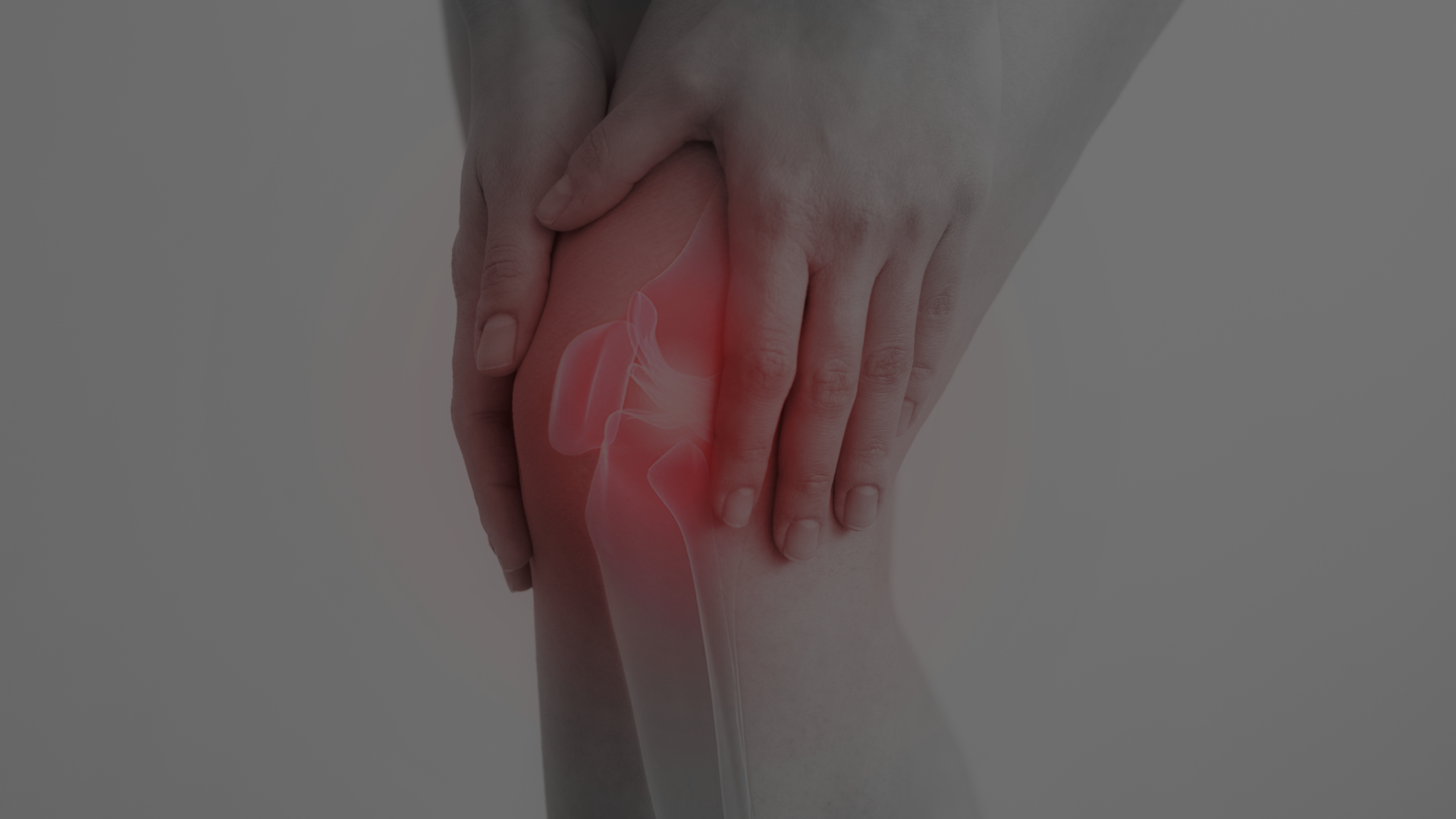Injuries suffered while working from home will be compensable under workers’ compensation insurance if the injury arose out of employment and employment was a significant contributing cause. This was tested in a recent case before the South Australian Employment Tribunal.
Case background
In Lauren Vercoe v Local Government Association Workers Compensation Scheme (2024), a local government employee was required to work from home in accordance with the State Government’s directions during the COVID-19 pandemic. Post-pandemic, a more flexible culture of working remained in place in the business, with staff permitted to work from home with approval of their supervisors. As part of working from home arrangements, employees were required to complete a work health and safety working from home checklist, which the employee in question had not completed. The employer also encouraged its employees to get up from their workstation and to take regular short breaks.
The employee’s duties were typically office-based, and she had converted her sunroom into a home office, where she typically worked when working remotely.
In mid-September 2022, the employee requested permission to work from home on 19 September 2022 to look after a colleague’s puppy, and her request was approved by her supervisor.
To manage the puppy, on 18 September 2022, the employee erected a temporary pet gate in the sunroom, separating the puppy from her pet rabbit, which was kept in a cage in the same area.
On 19 September 2022, during her approved work-from-home shift, the employee headed to the kitchen to make a cup of coffee. While attempting to step over the pet fence, she tripped and fell, sustaining injuries to her shoulder and knee.
Workers’ compensation claim
The employee filed a workers’ compensation claim for the injuries, asserting that her home was her place of employment, she fell during the course of a paid break, and consequently, her injuries arose from employment.
The workers’ compensation insurer rejected the claim on the basis that it was not satisfied that her employment was a significant contributing cause of her injuries.
The insurer claimed that, by erecting a pet fence across a walkway (without the employer’s direction or knowledge), the employee had created a clear and unusual hazard, and that the employer could have not contemplated that she would have erected a pet fence making her route to the kitchen more hazardous.
The insurer argued that, had the pet fence not been there, the fall would not have happened, and the application of the “but for” test would lead to the conclusion that the employee’s employment was not a significant contributing cause of the injury.
South Australian Employment Tribunal decision
On review, the Tribunal was required to determine whether:
- the injury arose out of employment; and
- the employment was a “significant contributing cause
With respect to the first issue, the Tribunal found the injury occurred when the employee was on an authorised paid break and therefore, the injury she sustained arose out of her employment.
In making this ruling, the Tribunal took into account:
- the increased workplace flexibility afforded to the employee;
- the use of her private residence as her authorised place of employment on the day of the incident;
- the degree of autonomy she had in deciding when to take a short break; and
- the employer’s encouragement for employees to take regular short breaks away from their workstation.
The Tribunal also concluded that employment was a substantial cause of the injuries because the fence erected by the employee to manage her colleague’s puppy was, on the day of the injury, a feature of the place of employment. The fence, blocking a clear pathway between the sunroom and kitchen, created a hazard and this hazard was the only cause of the injuries. The Tribunal observed the employer’s flexible work arrangements had “abrogated its responsibilities” for the “provision and maintenance of a safe working environment when working from home” to the employee.
The fact the employee had created her own workplace hazard does not preclude a finding that it is an employment-related cause, particularly considering the level of autonomy the employee had in managing her own health and safety while working from home. In the current workers’ compensation scheme (a no-fault scheme), it is irrelevant that a worker has voluntarily subjected themselves to an abnormal risk or injury.
Contact Jayrose Group Australia today on 1300 785 244 if you require workers compensation support.



